Cloud application development involves building applications that are designed to run on cloud platforms, rather than on traditional on-premises servers. These applications are typically scalable, flexible, and cost-efficient, taking full advantage of cloud infrastructure and services such as computing power, storage, and networking.
Key Components of Cloud Application Development:
- Cloud-Native Design: Cloud applications are built to leverage cloud capabilities, often by using a microservices architecture rather than traditional monolithic designs. This allows the application to be broken into smaller, independently deployable services, which can scale easily based on demand. Cloud-native development emphasizes flexibility, high availability, and resilience.
- Serverless Computing: Serverless architectures, such as AWS Lambda, Azure Functions, and Google Cloud Functions, allow developers to write functions without managing the underlying infrastructure. Serverless computing provides scalability, as it automatically adjusts to traffic, and reduces costs by charging only for actual usage.
- Scalability and Auto-Scaling: Cloud applications are designed to automatically scale based on usage. Cloud providers offer auto-scaling features that allow applications to scale up or down in response to real-time demand. This ensures that the application can handle sudden traffic spikes without manual intervention and helps optimize costs.
- Cloud Databases and Storage: Cloud applications often use cloud-based databases (e.g., AWS RDS, Google Cloud SQL, Azure SQL) and storage services (e.g., Amazon S3, Azure Blob Storage) to store data. These services are highly scalable and offer built-in redundancy, ensuring data is available and secure.
- APIs and Integration: Cloud applications frequently rely on APIs to connect with other services, data sources, or third-party tools. These APIs are essential for integration with external systems, enabling features like payment processing, user authentication, and more.
- Security: Security is a crucial aspect of cloud application development. Cloud providers offer features such as encryption, identity and access management (IAM), multi-factor authentication (MFA), and security monitoring tools to ensure data protection and secure access to resources.
- Continuous Integration and Deployment (CI/CD): Cloud applications often use CI/CD pipelines to streamline the process of deploying code changes. This allows for faster development cycles, automated testing, and quick deployment of updates. Cloud-based DevOps tools (e.g., AWS CodePipeline, Azure DevOps) simplify these processes.
- Cost Management: With cloud applications, cost efficiency is a key consideration. Many cloud providers offer pricing models based on usage, such as pay-as-you-go or reserved instances. Optimizing cloud resources and choosing the right pricing model are essential to control operational costs.
- Monitoring and Analytics: Cloud applications require robust monitoring to ensure performance and troubleshoot issues. Cloud providers offer native tools like AWS CloudWatch, Azure Monitor, and Google Cloud Operations Suite to track metrics, log events, and set up alerts.
Benefits of Cloud Application Development:
- Scalability: Cloud applications can easily scale to handle increased load or demand without worrying about infrastructure limitations.
- Cost-Efficiency: Pay-as-you-go pricing models allow businesses to only pay for the resources they use, avoiding unnecessary costs.
- Flexibility: Developers can focus on building features rather than managing infrastructure, thanks to cloud providers’ extensive managed services.
- Global Availability: Cloud applications can be deployed globally, ensuring high availability and low latency for users, regardless of their location.
In summary, cloud application development enables businesses to build highly scalable, flexible, and cost-effective applications that can quickly adapt to changing needs. By leveraging cloud-native features and services, developers can focus on creating innovative solutions without worrying about the underlying infrastructure.



